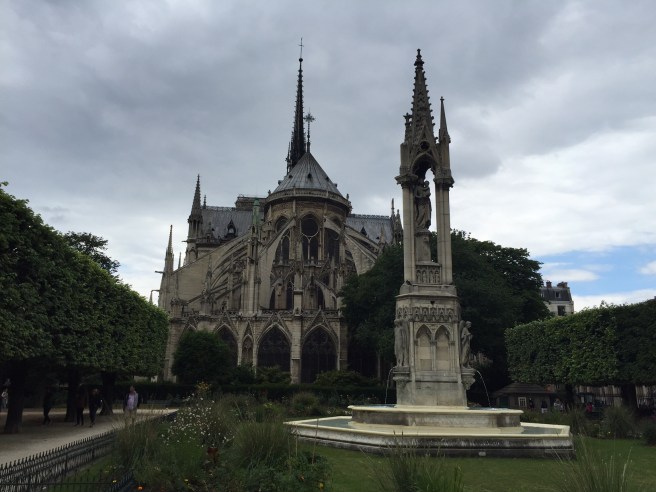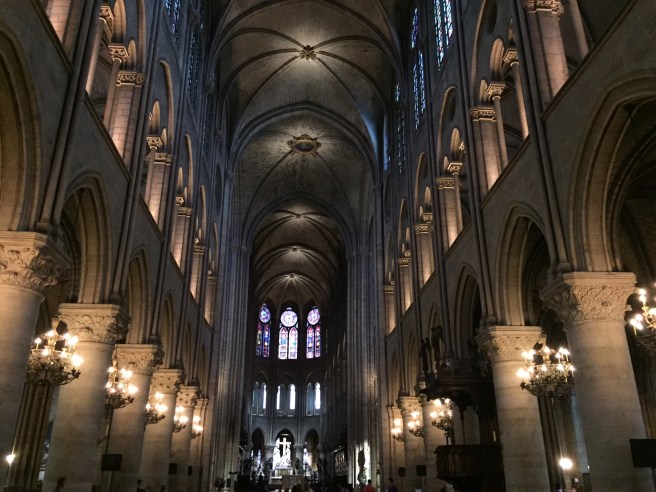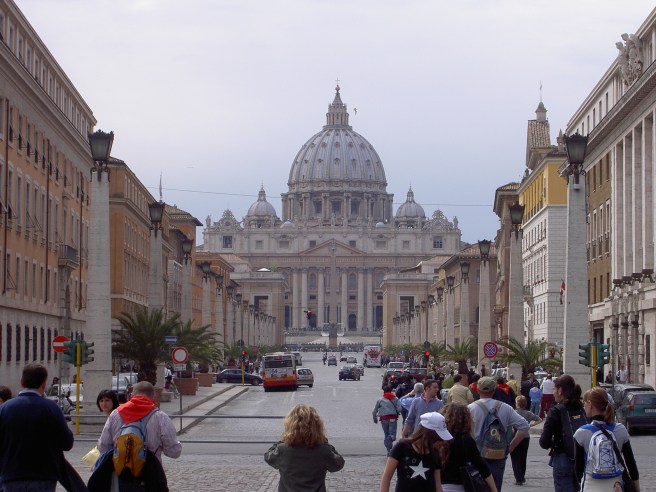My attitude toward organized religion has changed considerably over the last few decades, and my opinions are usually not so favorable. Raised in the Southern Baptist tradition, I am more familiar with Protestantism as it is practiced by that denomination; however, I have studied other Christian traditions and the major world faiths. I disagree with the modern atheists who argue that religion is superfluous and will ultimately become obsolete. Religious practice dates back long before written history, and although it is waning in some parts of the western world, it is thriving in other areas. Many people obviously possess a need for belief in the metaphysical, whether it’s in the form of organized religion, personal faith, or spirituality. Perhaps religious practice is even an evolutionary trait in humans, an idea that has been explored by sociologists, religious scholars, and even some biologists.
I am now an Episcopalian, mainly because the Episcopal Church seems to be so inclusive and focuses energy on advancing causes of social justice and charity, especially for people we often identify with the margins of society. There are probably other inclusive faith traditions with similar characteristics, such as the Congregationalists, Unitarians, and others from outside the Christian world. Admittedly, the cultural, intellectual, and even social aspects of religion are more appealing to me than the supernatural. St. Paul wrote that these three remain: faith, hope, and love. I cling less to the first than the other two.
One common criticism I notice expressed against organized religion concerns the number of resources spent on designing, constructing, and maintaining houses of faith, such as cathedrals, mosques, temples, and tabernacles. I understand the issue and the disconnect between the message of charity and the often-obscene wealth exhibited in these magnificent structures. At the same time, I can also appreciate what these places of worship mean to parishioners. Beyond their religious significance, these architectural masterpieces also serve as cultural icons, fine art repositories, points of community or even national pride, tourist attractions, and centers of activity.
I am conflicted about the money spent on such palatial houses of faith when there is so much poverty, examples of which are often present right at the doorstep of the structures. Still, I find myself attracted to their beauty and will make every effort to visit them when we travel to places known for ecclesiastical architecture. They are just too amazing to miss. And as formidable as these edifices are, occasionally we are all reminded how easily they can be destroyed, such as the horrible fire that consumed Notre Dame Cathedral in Paris in 2019.
Here I have posted photographs of some of the most spectacular houses of worship we have visited during our travels. I look forward to seeing more.





